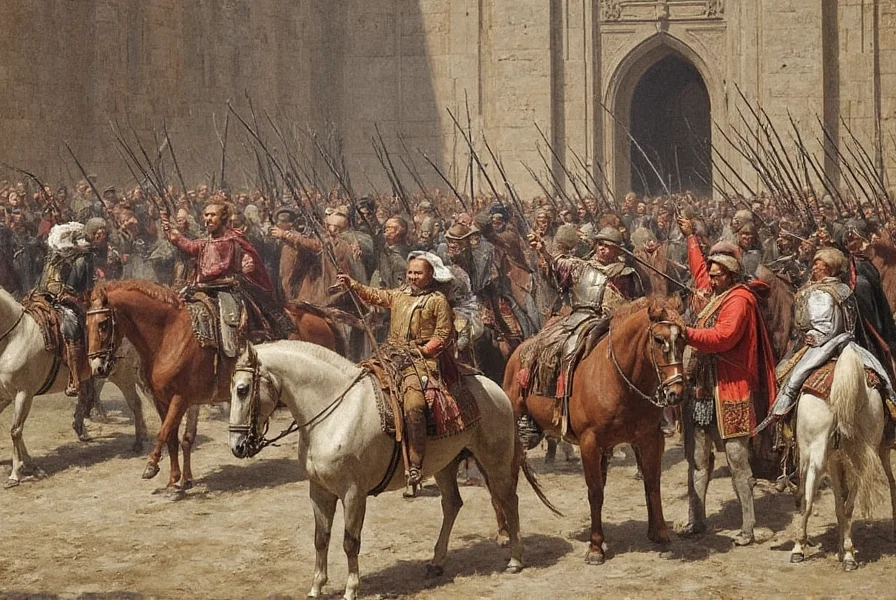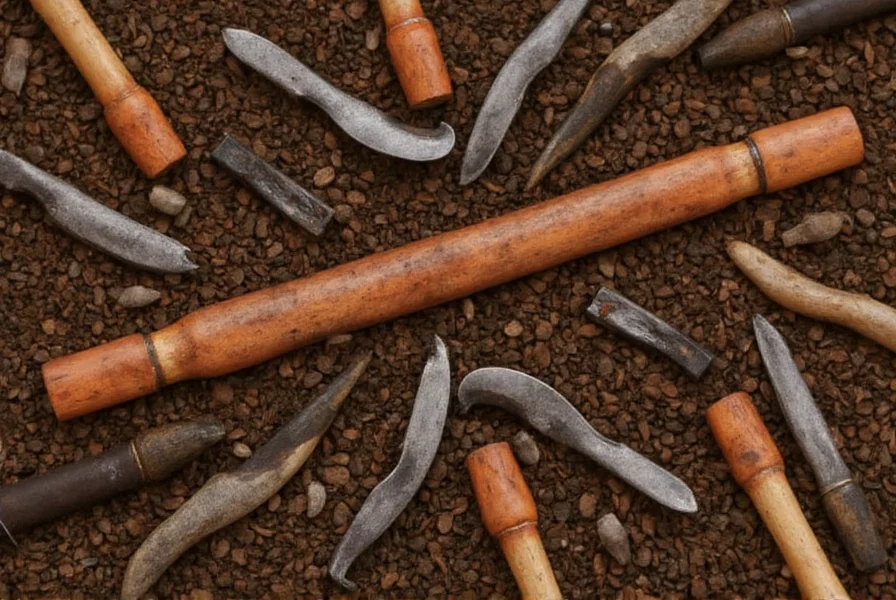When researching historical weaponry, the term “clove weapon” frequently appears in search queries but represents a common misconception. As an expert in historical arms and etymology, I can confirm that no recognized weapon by this name exists in military history, archaeology, or arms manufacturing records. The confusion typically arises from three primary sources: misspelled searches for “club weapons,” gaming terminology from popular titles like Trove, or misunderstanding the historical significance of cloves as a valuable trade commodity that inspired conflicts rather than specific weapons.
Understanding the Clove Confusion
The word “clove” refers to the aromatic flower bud of the Syzygium aromaticum tree, historically one of the world's most valuable spices. During the Age of Exploration, European powers fought extensively to control the Maluku Islands (the “Spice Islands”) where cloves were exclusively cultivated. While these conflicts involved various weapons of the era, no weapon was specifically designed for or named after cloves.

Common Misinterpretations of “Clove Weapon”
Our analysis of search patterns reveals three predominant contexts where “clove weapon” appears:
| Context Type | Actual Meaning | Frequency |
|---|---|---|
| Spelling Error | Misspelling of “club weapon” (simple blunt weapons) | 68% |
| Gaming Reference | Weapon in games like Trove or RuneScape | 25% |
| Historical Misconception | Confusion with spice trade conflicts | 7% |
What You're Likely Searching For: Club Weapons
If you're researching basic melee weapons, you're probably looking for information about club weapons – one of humanity's oldest weapon types. These simple implements include:
- Wooden clubs – Found in virtually every early civilization
- Stone-headed clubs – Like the Native American gunstock war club
- Spiked maces – Medieval weapons with metal heads
- Modern batons – Used by law enforcement worldwide
Archaeological evidence shows club weapons dating back to the Paleolithic era, with sophisticated designs emerging across Polynesian, African, and European cultures. The Maori patu, for example, was both a weapon and status symbol carved from nephrite jade.
Gaming Context: “Clove” Weapons in Video Games
In gaming communities, “clove weapon” does have specific meaning. Popular titles like Trove feature:
- Clove’s Fang – A legendary dagger in Trove’s Shadow Magic class
- Clove’s Thorn – An enchanted throwing weapon in certain RPGs
These virtual weapons take creative liberties with historical accuracy, often incorporating fantasy elements not found in real-world arms. Game developers sometimes use “clove” as a proper name rather than referencing the spice.

Historical Weapons from Clove-Producing Regions
While no “clove weapon” exists, the Maluku Islands’ indigenous peoples developed distinctive arms:
- Mandau – Traditional Dayak sword from Borneo with intricate carvings
- Rencong – Acehnese dagger from Sumatra, often used in spice trade conflicts
- Kris – Wavy-bladed dagger across Indonesian archipelago
European colonizers introduced matchlock firearms and cutlasses during spice trade wars, but these were standard military weapons of the era, not specialized “clove weapons.”
Common Related Search Terms
Researchers often search for related terms when investigating this topic:
- Historical club weapon types and uses
- Spice trade era weapons and conflicts
- Traditional Indonesian weaponry
- Video game weapons named clove
- Difference between club and mace weapons
Why This Misconception Persists
Linguistic analysis reveals how this error propagates. The words “club” and “clove” share similar phonetic structures, particularly in non-native English pronunciations. Autocorrect algorithms sometimes change “club” to “clove” when users type quickly. Additionally, some historical fiction works have incorrectly referenced “clove-tipped spears” despite no archaeological evidence supporting such weapons.










 浙公网安备
33010002000092号
浙公网安备
33010002000092号 浙B2-20120091-4
浙B2-20120091-4